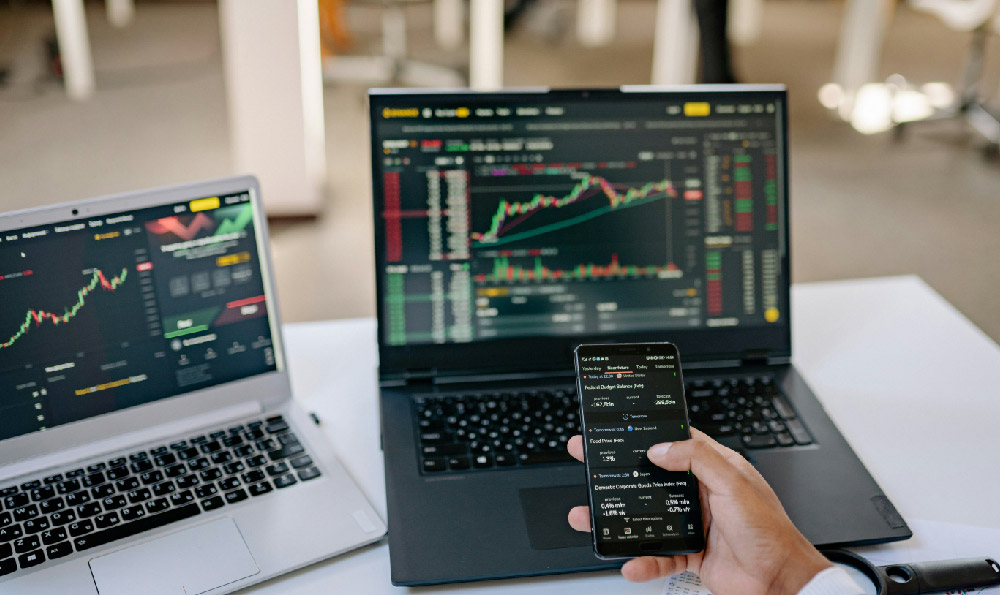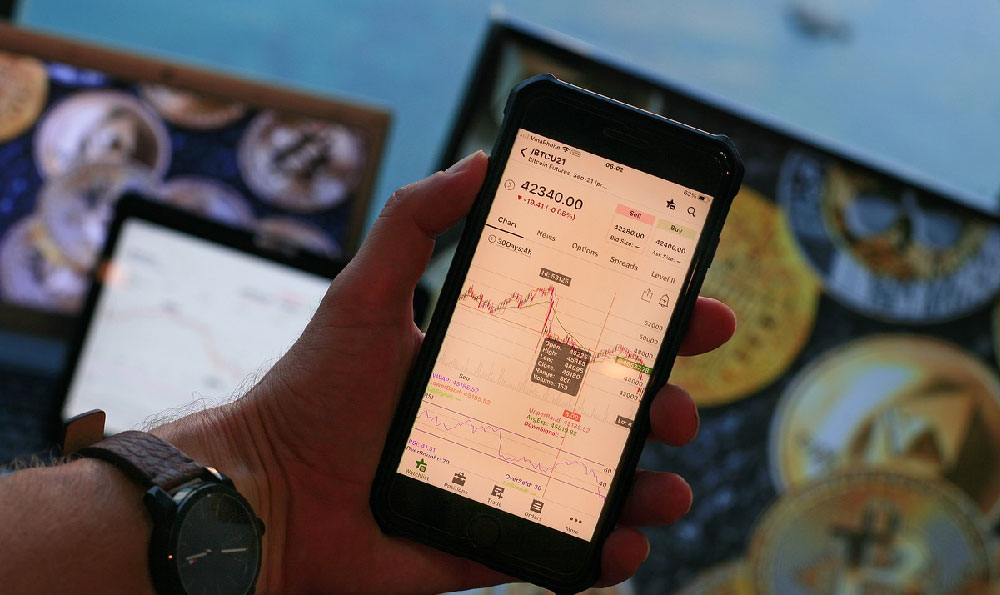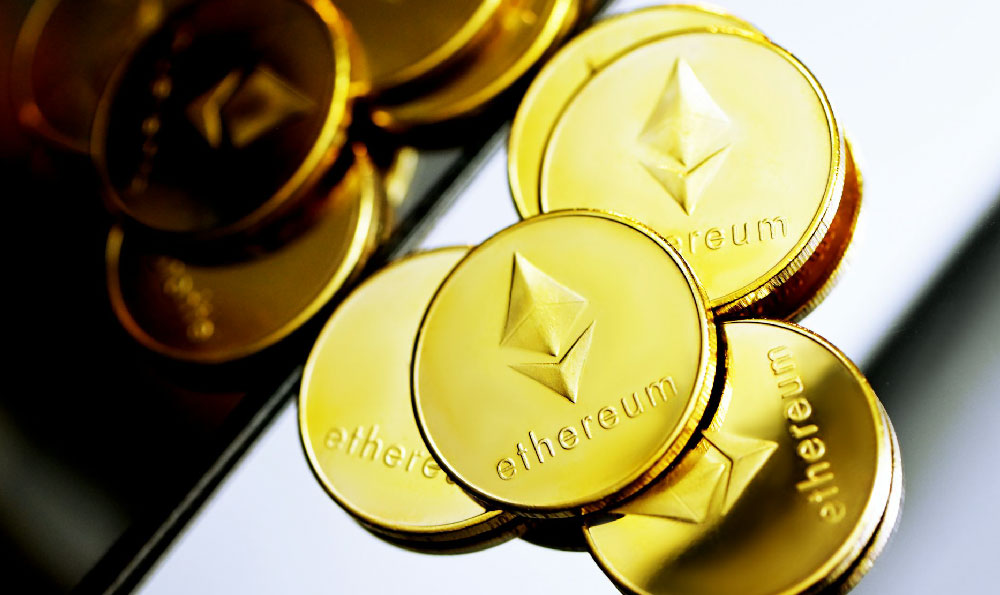In the ever-evolving landscape of digital platforms, Pinterest has emerged as a powerful tool not only for creative inspiration but also for generating substantial revenue through strategic engagement. As we move into 2024, the algorithm and user behavior on this visually driven platform have shifted, creating new opportunities for individuals and businesses looking to capitalize on its unique ecosystem. Understanding these nuances is crucial for anyone aiming to make money on Pinterest, as the platform now offers a blend of organic reach, paid advertising, and e-commerce integration that can be leveraged effectively with the right approach.
Pinterest's core functionality centers around visual discovery, which means that successful monetization strategies must align with this principle. Unlike other social media platforms, Pinterest users often engage with content in search of solutions or inspiration, making it an ideal space for promoting products, services, and ideas. The platform's updated algorithms prioritize relevance and user intent, which requires creators to not only produce high-quality content but also to understand the intricate psychology behind how users interact with pins. This understanding can be the difference between a pin that generates clicks and one that simply fades into obscurity.
One of the key elements in maximizing revenue from Pinterest is mastering the art of keyword optimization. Just as search engines function on specific keywords, Pinterest's search bar relies heavily on these terms to surface content. By integrating strategic keywords into pin descriptions, board titles, and profile bios, businesses can significantly increase their visibility. However, it's important to avoid overstuffing keywords, as this can lead to a poor user experience and potential penalties from Pinterest's algorithm. A balance between readability and keyword placement is essential for long-term success.

In addition to keyword optimization, leveraging Pinterest's rich media features is another vital strategy. The platform's visual nature means that high-quality images, videos, and infographics can capture attention more effectively than text alone. Creators should focus on producing content that not only looks appealing but also provides value. For example, a DIY tutorial with step-by-step visual instructions can engage users more deeply than a text-based blog post. This approach not only enhances user interaction but also increases the likelihood of pins being shared or saved by the audience.
Paid advertising on Pinterest has also evolved, offering creators more tools to target specific demographics. The platform's advertising model allows for precise audience targeting based on interests, behaviors, and demographics, enabling businesses to place ads in front of the right people. However, the effectiveness of these ads depends on the quality of the content they promote. A well-designed ad that aligns with the user's intent and complements the content it's linked to can drive higher engagement and conversion rates. It's also important to continuously monitor and adjust ad campaigns based on performance metrics, such as click-through rates and conversion rates, to optimize return on investment.
E-commerce integration on Pinterest has become increasingly sophisticated, allowing businesses to sell products directly through the platform. Pinterest's shopping features, including the "Shop" tab and product pins, provide a seamless shopping experience for users. However, the success of these strategies depends on the quality of the product listings and the user experience they offer. Businesses should ensure that their product pages are optimized for speed, mobile responsiveness, and user-friendly navigation. Additionally, the visual content associated with product pins should be high-quality and accurately represent the product, as this can significantly impact purchase decisions.
Collaborations with brands and influencers have also become a significant avenue for monetization on Pinterest. By partnering with relevant brands, creators can monetize their content through brand deals, affiliate marketing, or sponsored content. However, the key to success lies in ensuring that these partnerships are authentic and align with the creator's audience. A brand deal that feels forced or irrelevant can damage the creator's credibility and lead to a decline in user engagement. Therefore, it's important to research potential partners thoroughly and ensure that their values and offerings resonate with the target audience.
Finally, effective monetization on Pinterest requires a commitment to continuous learning and adaptation. The platform's algorithms and user preferences are constantly evolving, and what works today may not be as effective tomorrow. By staying informed about the latest trends and best practices, businesses can ensure that their strategies remain relevant and competitive. This includes keeping up with Pinterest's updates, analyzing competitors, and experimenting with new content formats and advertising techniques. Additionally, investing in tools that provide insights into user behavior and campaign performance can help businesses make data-driven decisions and optimize their revenue streams over time.
In conclusion, making money on Pinterest in 2024 demands a multifaceted approach that combines strategic content creation, precise audience targeting, and continuous optimization. By understanding the platform's unique features and adapting to its changing landscape, individuals and businesses can unlock new opportunities and generate sustainable revenue. With the right strategies in place, Pinterest can become a valuable asset for digital marketing and monetization, offering a pathway to financial growth and long-term success.












